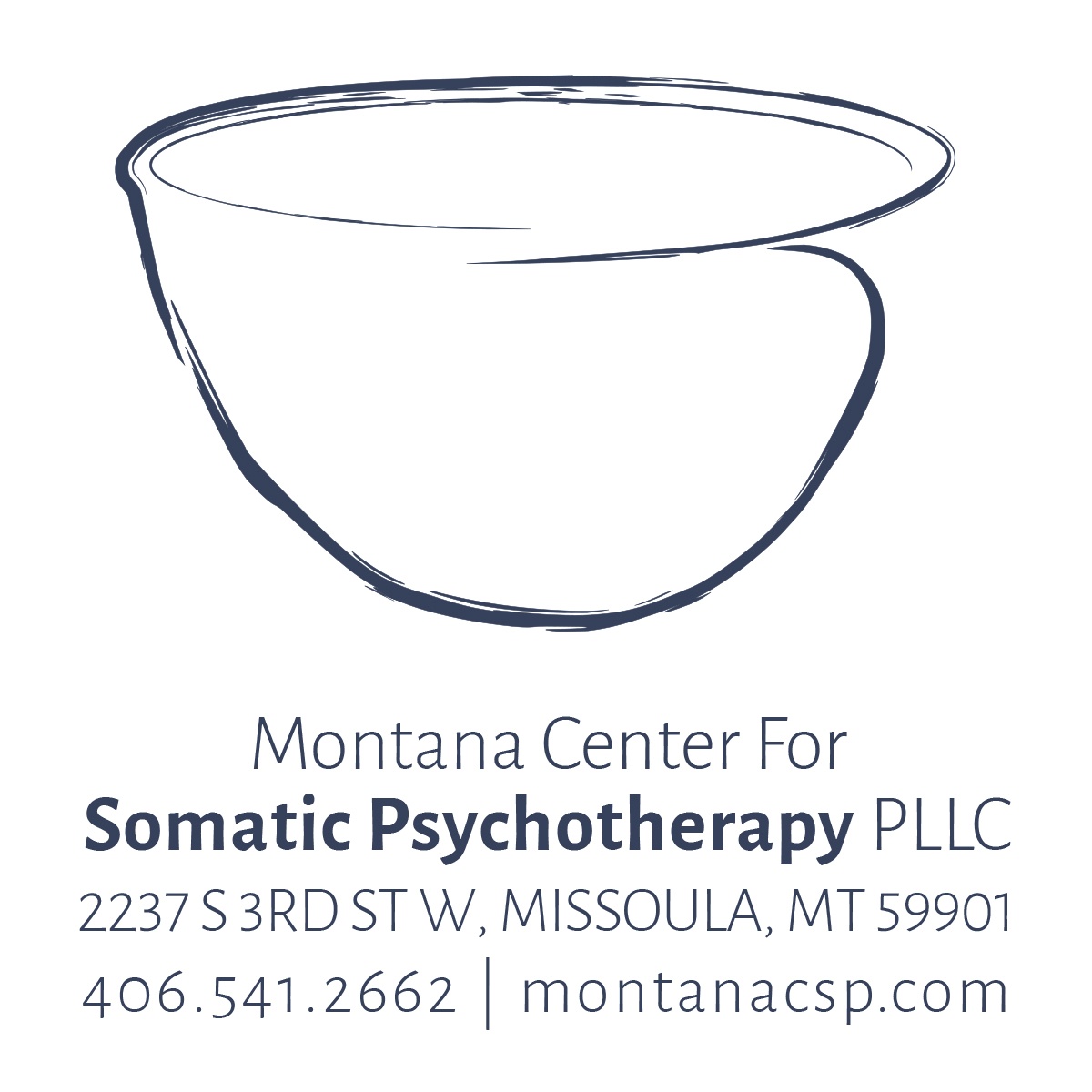What to Expect Starting Therapy at Montana Center for Somatic Psychotherapy

by Rebecca Barcom, LCPC
Starting therapy, while exciting, can be a nerve-wracking and new experience. There are many decisions and considerations that go into starting appointments: scheduling, financial, finding the right therapist, your personal readiness level, and many more. If you’re reading this, you may be considering starting therapy at Montana Center for Somatic Psychotherapy (MCSP). Welcome! Let’s learn a little about MCSP and what to expect if you were to work with us.
1. Phone Intake Assessment
Firstly, each therapist and practice has their preferred way to chat with and answer questions that you may have as a potential client. Here at MCSP, our Intake Coordinator Heidi is usually the first person you will encounter at our practice. Heidi’s role is to discuss your presenting concerns, what you’re hoping for from therapy, and gather insurance information to see if you might enjoy working with a therapist at MCSP. You are welcome to reach out to Heidi via phone call or email to schedule a roughly 20-minute intake phone call. Heidi is happy to answer any questions you may have about our practice and potential therapists that might be a good fit for you. If you want to schedule an appointment, Heidi will set up a secure portal account for you and get you on a therapist’s schedule.
2. Therapy Intake
After scheduling, it’s time for your first appointment with your therapist. First sessions are a great chance to meet your therapist and settle into our space if you are meeting in-person. While awkward feeling at times, it’s completely normal to be a little unsure of what to expect. At MCSP, your therapist will want to highlight a couple of important logistical details, and then take the rest of the time to get to know you, and find out more about what you are hoping for in therapy. Our aim is to collaborate with you on your therapeutic goals and start to build a working relationship that feels comfortable for you. It’s important to remember that intake sessions are for both the client and the therapist to explore if it will be a good fit to work with one another. Even so, there’s no agenda or speed that you have to move at- we’re happy to take time to get to know one another and move at a pace that feels comfortable to you.
3. Therapeutic Process – Phase Oriented Models
Once you’ve established a clinical relationship with a therapist at MCSP, you’ll continue the collaboration process during your time together. At this practice we use a phase-oriented model, meaning that you won’t have to jump right into sharing specific details about your past!
The four phases of therapy are:
● Resourcing and Stabilization
● Processing
● Integration
● Repair
We’ll go into more depth about these phases in another blog article, but the important thing to remember about phase-oriented models is that they are designed to scaffold your treatment in a slow and supportive way for your nervous system.
Overall, we hope this article gives you an idea about what to expect starting therapy, and that it is a worthwhile process to explore. If you have specific questions about the process at MCSP, please reach out! We are happy to answer any questions you might have.


